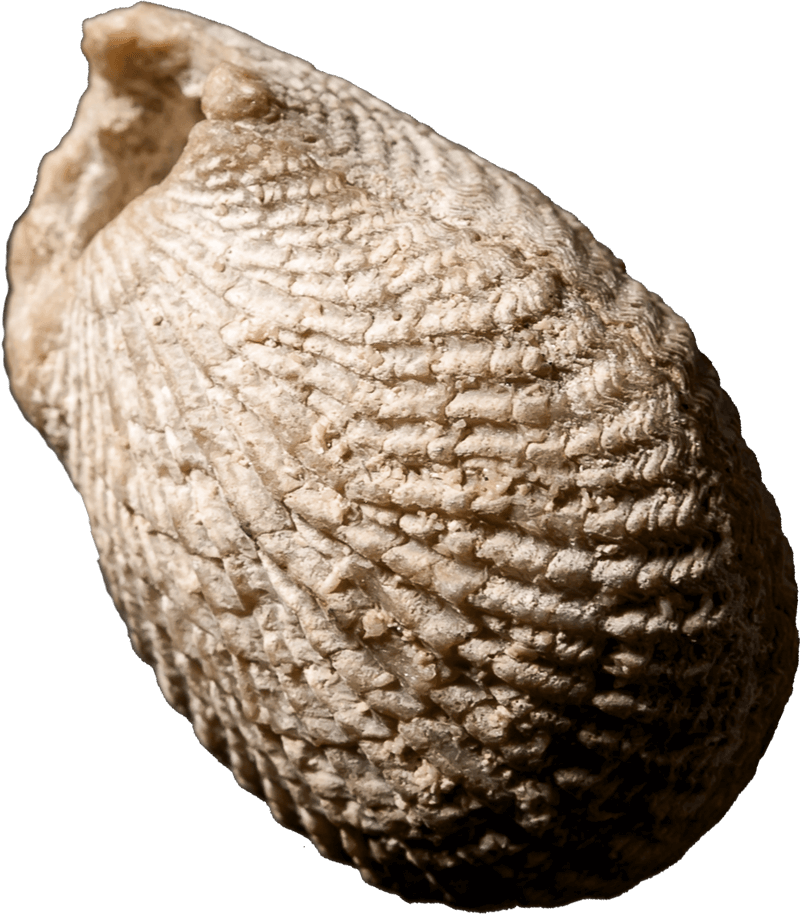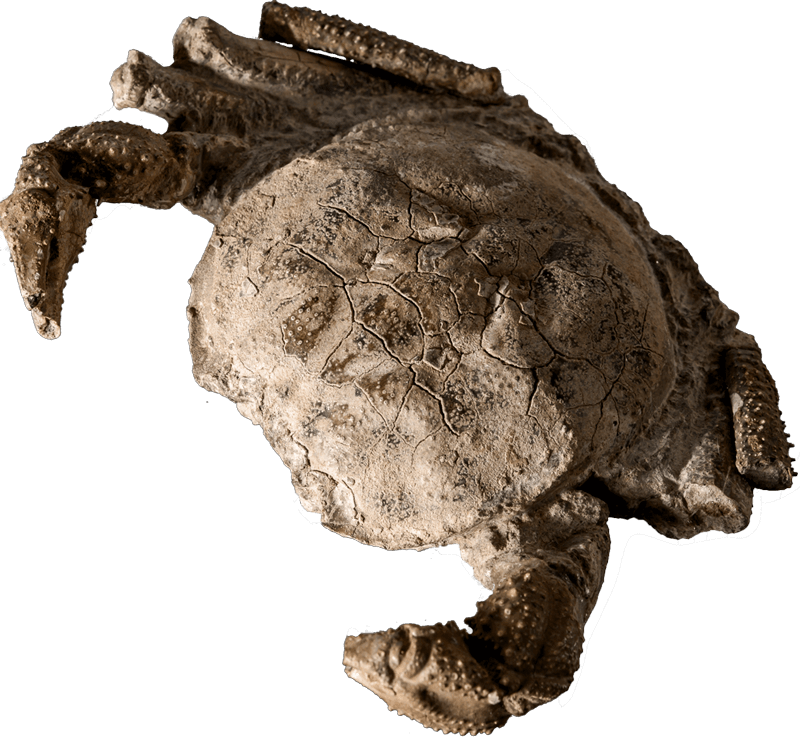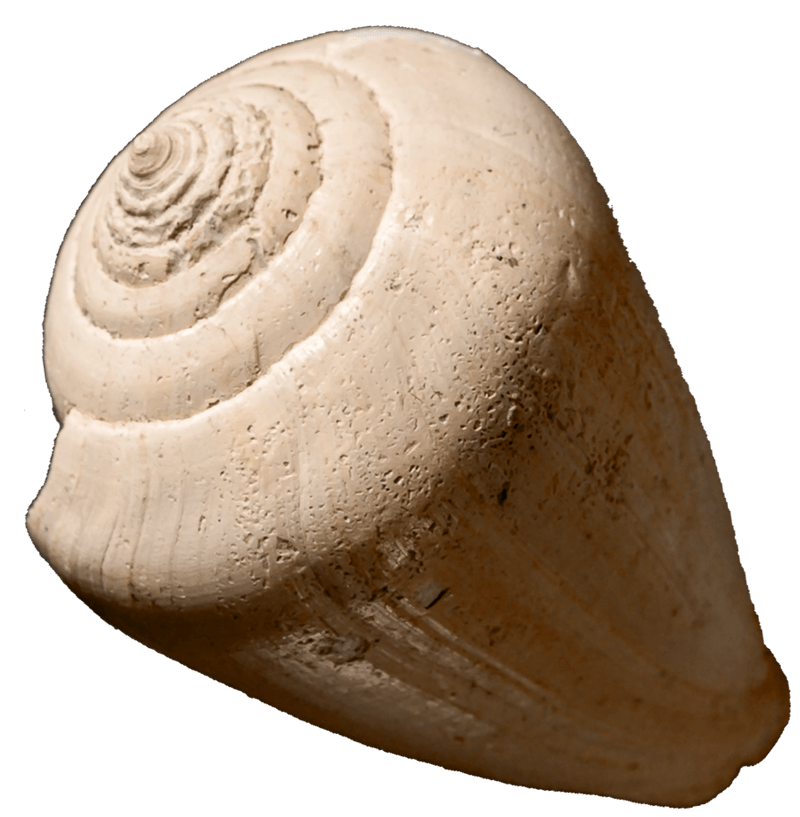How and why
During the Cretaceous, some animal groups were outcompeted, while others were successful. New predators evolved during the same period. Those profound changes began during preceding periods; but they reached a climax during the Cretaceous.

Animal groups as lampshells were unable to move and could not escape their predators.
Photo: Bengt Olofsson
The key factor was access to food. New kinds of single-cell algae evolved, increasing the food supply in the oceans. Increased production of algae altered marine ecosystems, including the variety and relative numbers of species. The changes were extensive, and are a striking example of evolution.
The losers of the evolutionary struggle in the oceans were such animal groups as lampshells and sea lilies which sat fast, unable to move. They could not bury themselves in sediments, like mussels and sea urchins, and were therefore unable to escape their predators.

Thanks to fossil web can trace the evolution of efficient claws in lobsters and crabs ...
Photo: Bengt Olofsson
The winners in the nutrient-rich environment were “meaty” animal groups such as mussels, snails and sea urchins. They had high rates of metabolism, grew rapidly and quickly increased in number.
This in turn resulted in more food for predators, which also increased in number and species diversity. Adaptations in new predators such as ichthyosaurs and crustaceans led to adaptations in their prey animals.
We can trace a number of rapid changes that were driven by the struggle for survival between predators and prey.

...and in turn the evolution of snail shells that were stronger and more difficult to crush.
Photo: Bengt Olofsson
This evolutionary struggle can be seen most clearly in crustaceans and snails. The fossil evidence makes it possible to follow the evolution in lobsters and crabs of efficient claws that can crush and break apart the shells of prey animals. The evolution of claws led in turn to the evolution of snail shells that were stronger and more difficult to crush, thereby increasing snails’ chances of survival.

